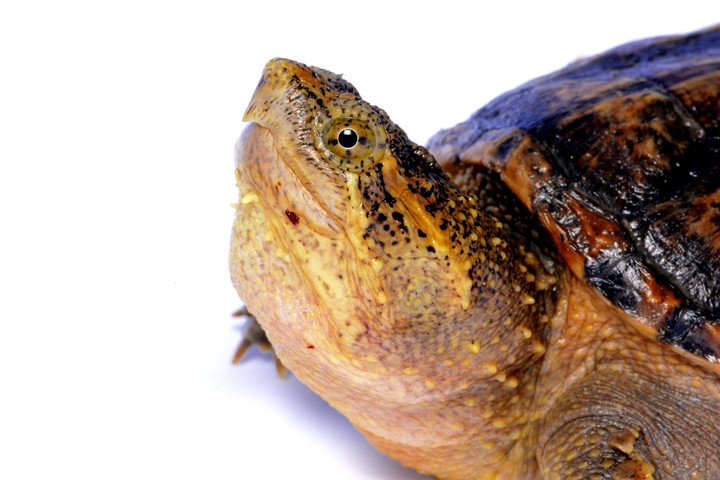Reptile and Amphibian Ecology
 Spring salamander (Gyrinophilus porphyriticus) from eastern Kentucky
Spring salamander (Gyrinophilus porphyriticus) from eastern KentuckyReptile and Amphibian Ecology
Publications
- Baecher, JA, et al. 2023. Experimental evaluation of how invasions and climate change interact to alter the vertical assembly of an amphibian community. Journal of Animal Ecology https://besjournals.onlinelibrary.wiley.com/doi/10.1111/1365-2656.13899
- Basham, EW, et al. 2022. Large, old trees define the vertical, horizontal, and seasonal distributions of a poison frog. Oecologia https://doi.org/10.1007/s00442-022-05108-9
- Swartwout, M, et al. 2020. Prey Size and Growth Rate do not Influence Trophic Morphology of Juvenile Water Snakes Nerodia sipedon. Herpetologica https://doi.org/10.1655/Herpetologica-D-18-00007
- Baecher, JA, et al. .2018. Herpetofaunal Communities in Restored and Unrestored Remnant Tallgrass Prairie and Associated Wetlands in Northwest Arkansas, USA. Wetlands https://doi.org/10.1007/s13157-017-0966-5
- Baecher, JA, et al. .2014. Lithobates areolatus, Predation. Herpetological Reviews 45(4):681-682